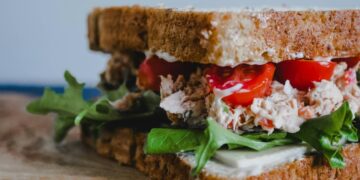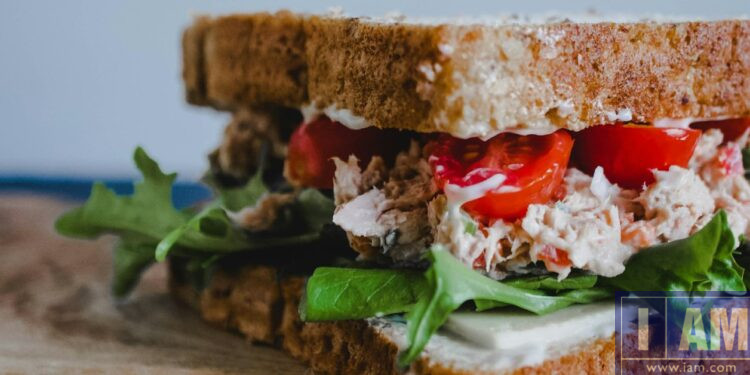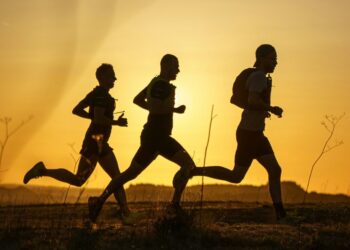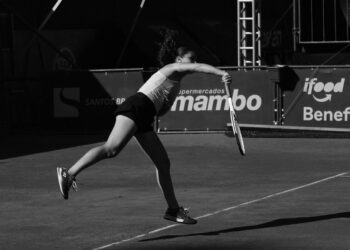DISCLAIMER: This article provides educational information about sports nutrition based on current research. This is not medical nor dietary advice. Consult a qualified healthcare professional, a registered dietitian, or a sports nutritionist before making any significant dietary changes. This important consultation can be especially true if you have any known allergies, medical conditions, or you take medications. Please seek immediate medical attention for any signs of dehydration, heat illness, or severe fatigue.
When the buzzer sounds and your Practice ends. Your muscles are often depleted. There are micro-tears that exist in your muscles and they need repair. Also, your glycogen stores might be running on empty now. What happens in the next 30 minutes can determine whether tomorrow brings personal records, restful recovery, or just a plain, painful struggle. This is the “glycogen window.” It was once thought to be mythical although athletes still prepped for it. It has since been scientifically proven that the glycogen window exists and is critical. This period in time represents your body’s peak readiness to absorb nutrients and to jumpstart your body’s recovery with those newly absorbed nutrients.
Why 30 Minutes Matters
During exercise, your muscles: 1) burn through glycogen (these are stored carbohydrates that are readily available as energy) and 2) break down some portion of the muscle’s protein fibers. Immediately post-workout, your muscles become insulin-sensitive sponges. They can then rapidly absorb nutrients at rates previously impossible during rest. This enhanced uptake lasts approximately 30 to 45 minutes before gradually declining over the next several hours.
Research has shown athletes who consume carbohydrates and protein within this window experience a 50% greater glycogen replenishment compared to those waiting for two hours before consumption. For athletes training daily, or even twice daily, this difference can determine whether you show up tomorrow fully or partially recovered or just running on fumes. Miss this window repeatedly, and it might mean chronic under-recovery that leads to decreased performance, increased risk of injury, and potentially overtraining syndrome.
The hormonal environment post-exercise is also unique. Cortisol, that is your stress hormone, peaks while testosterone in men drops. Proper nutrition can reverse this catabolic state. This would shift your body into an Anabolic state or building mode. Without intervention, elevated cortisol would continue breaking down muscle tissue for hours. Your body might stay in a Catabolic state or breaking down mode.
The Optimal Recovery Formula
Science has identified the ideal recovery meal ratio: 3:1 or 4:1 carbohydrates to protein. For most athletes, this means about 0.5-0.7 grams of carbohydrate per pound of body weight and 15-25 grams of protein total for this meal. Using such a formula, a 150-pound athlete would need roughly 75-100 grams of carbohydrates and then 20-25 grams of protein in addition to the carbs.
Why this ratio works: Carbohydrates trigger insulin release. This insulin release drives nutrients into the muscles while simultaneously shutting down your cortisol production. Protein will provide the amino acid building blocks for your immediate muscle repair. Together, they will create a synergistic effect greater than either Macro Nutrient (that is carbs or protein) would alone. Carbs will enhance the protein uptake by about 37% compared to a protein-only consumption after a workout session.
Hydration should not be overlooked. I weigh myself every morning. Weighing yourself at the same time each day adds some data accuracy stability. You might want to weigh yourself before and after training. Here, every pound lost should equal about 16 to 24 ounces of fluid that will require replacement. Your recovery meals should include replenishing this amount of fluid. Our bodies retain water from the food we eat along with fluids from our drinks.
Practical Recovery Options
Some Quick Recovery Meal Options (when time is critical):
– Drink chocolate milk (the classic 4:1 ratio) plus eat a banana
– Eat greek yogurt with some granola and berries
– Eat a peanut butter and jelly sandwich with white milk to drink
– Drink a recovery shake: you can include whey protein, banana, oats, and milk in it
– Have some trail mix with dried fruit and pretzels plus drink a protein shake
Whole food meals (when you have more time):
– Grilled chicken breast, white rice, and steamed vegetables or broccoli
– Whole grain pasta with lean ground turkey meat sauce
– Scrambled eggs with hash browns and whole wheat toast
– Tuna sandwich on whole grain bread with fruit
– Quinoa bowl with black beans, chicken, and sweet potato
For endurance athletes (90+ minute sessions): Increase your carbohydrate intake to 0.7-1.0 grams per pound body weight. Add electrolyte replacement, especially sodium and potassium replacement.
For strength/power athletes: Maintain the protein at 25-30 grams per meal but can reduce carbohydrates slightly to 0.3-0.5 grams per pound if not training again within the next 24 hours.
Common Mistakes That Sabotage Recovery
Protein-only consumption: Without carbohydrates, at least some of the protein most likely gets burned for energy rather than used for muscle repair. That expensive protein shake becomes costly fuel instead of replenishing the body’s daily resupply of amino acid building blocks.
Fasting post-workout: Some athletes skip any post-workout recovery meals hoping to enhance their body’s fat burning. While this can be technically true, this likely severely compromises their recovery, maybe is detrimental to their performance, and alters their body’s long-term adaptation to the training.
Excessive fat intake: Fat consumption slows digestion and along with the absorbtion of nutrients. Save the almonds, the avocado, or the nut butter for later meals. Your body’s recovery window demands a Macro-nutrient that has rapid absorption capability, namely protein and/or carbohydrates.
Inadequate total intake: According to some people’s opinions, under-fueling is epidemic among athletes. They say that chronic under-eating by some athletes has impaired their body’s immune function, their bone health, and their internal hormonal balance. For example, Female athletes particularly are at risk for RED-S (Relative Energy Deficiency in Sport), this may affect their menstrual function while also affecting their overall bone density.
Special Considerations and Warning Signs
In general, Athletes training multiple times daily must prioritize recovery nutrition even more aggressively than those athletes working out just one time per day. When a morning practice is later followed by an afternoon competition, this might demand an immediate, complete recovery meal consumption.
You should seek medical attention if you experience:
– Persistent nausea preventing food intake post-exercise
– Chronic fatigue despite your adequate recovery nutrition
– Any unexplained performance declines
– A frequent illness or chronic slow-healing injuries
– Irregular heartbeat or dizziness during your recovery
The Long Game
Here, consistency matters more than perfection. Hitting your recovery window 80% of the time will yield better results than having sporadic perfect meals. Prepare your recovery options in advance. This might mean keeping chocolate milk in your gym bag. Having protein powder in your car. Or, preparing meals ready to eat on the go when you are at home.
Remember: champions are not made during training alone. Recovering from training is also highly important. That 30-minute window represents thousands of opportunities over an athletic career to help gain your own athletic competitive advantage. Use these opportunities wisely.


















